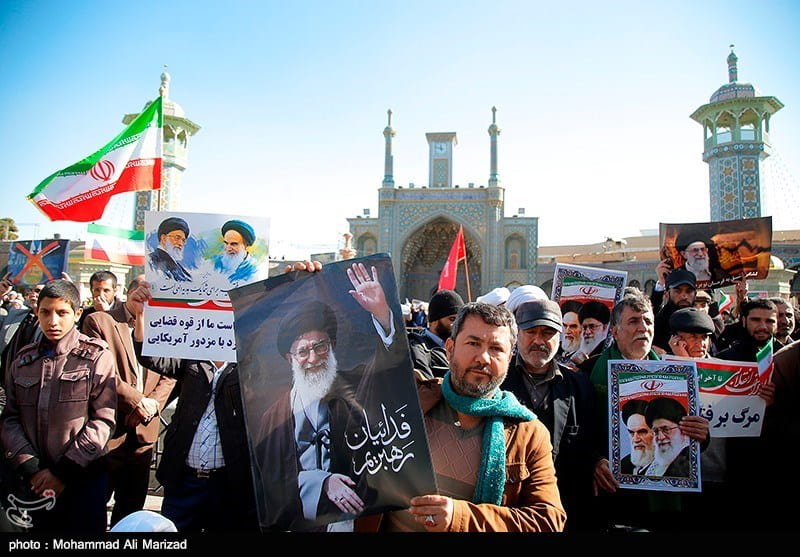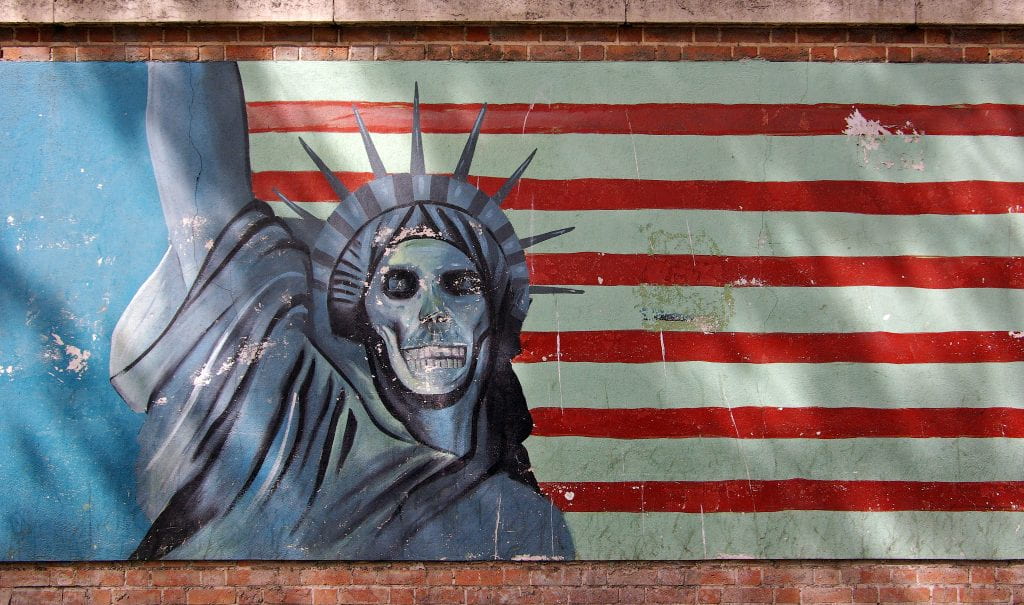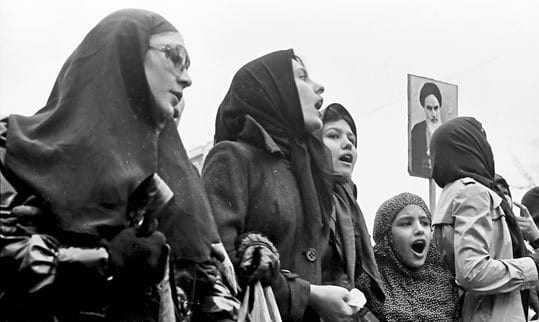
On February 16, 2018, the revolutionary movie, Black Panther, was finally released for the world to enjoy. The film provides the audience with a much-needed source of representation for the black community, both on and off-screen. Black Panther is part of a revolutionary change in an industry that has historically disregarded people of color.
Depiction of Black Characters
It is easy to see that Black Panther is a game-changer in the film industry in relation to its production, but it also includes a much-improved depiction of black characters. They are multi-dimensional and have their own personal histories and experiences. They are not forced into any one single role, challenging the idea that people of minorities are limited to the surface-level narratives that society usually expects. They are real people who have struggles, fears, and triumphs. It lacks the stereotypes that films often use to create characters of color. The normative roles given to black actors are often of dangerous criminals with limited education, such as drug dealers and con-artists. These kinds of characters worsen the incorrect and harmful perception that much of society has of black men. When black roles are actually given positive characteristics, they are still generally given littles depth, and are used as nothing more than support for the white main character.
The Black Panther himself, T’Challa, is not just a superhero (though his being a superhero is significant in itself). He is the king of Wakanda and acts as a diplomat, representing and speaking on behalf of his country at the United Nations. He is respectful of women and recognizes their value and strength, as seen through his female bodyguards, the Dora Milaje. He does not let toxic masculinity impact his actions and has a strong connection to his family. T’Challa is brave, intelligent, and compassionate, making him a well-developed main character and hero.
Even Eric Killmonger is given depth and undeniably human experiences. If one seeks a traditional villain among the movies’ characters, most signs point to him. All of his actions are focused around defeating the Black Panther and taking over the throne, and he does not care what it takes to do so. However, if we look closer, the circumstances are not so black and white. His anger towards T’Challa stems from the death of his father and Wakanda’s years of ignorance of the suffering of African Americans. His primary goal in defeating T’Challa, is to send Wakandan resources to people facing oppression. His methods were misguided, but his motivations are fairly easy to understand.
The development of Killmonger conveys the idea that we all think of ourselves as the hero in our own stories. T’Challa sees himself as the hero, fighting to save the country he knows and loves. Killmonger sees himself as the hero, trying to correct the wrongs of the past and seek what he believes to be justice. The only thing that changes is the framework of the story, the perspective through which you are experiencing it. In real life, the vast majority people make the choices they make because they believe they are doing the right thing (even when they are wrong). While this does not excuse actions that harm other people or mean that everyone is concerned with doing the right things, it does suggest that wrongdoings are not independent events. Every experience we have impacts the choices we make. If we want to make the world a better place, we have to address the causes and events that have led to different negative situations.
People are complex. The fact that this concept is explored in a film about characters of color is indescribably important because it goes against the stereotypes and archetypes that are often used to create such characters. It gives the characters dimensions which reflect the human experience that connects all people.
Depiction of Women of Color
The film’s use of well-rounded characters does not end with those who are male. The character stereotype of black women in films is loud and dramatic and is perceived as having an attitude problem. They are considered bossy, aggressive, and sometimes even mean. The female characters in Black Panther defy traditional expectations and radiate empowerment. Black Panther depicts numerous powerful black women without objectifying and over-sexualizing them as many movies do. They are just normal women. Realistic, intelligent, kind, and brave. These characters stand on their own and serve a greater purpose than supporting the development the male characters.
Shuri, T’Challa’s half-sister, is a sixteen-year-old genius who leads the development of Wakandan technology. She offers representation for increasing number of women and young girls, especially those of color, who aspire to be part of the STEM field. She is not limited to being “the smart one.” When the time comes, she is ready and more than willing to be part of the fight to protect her country. In addition to her brilliance and strength, she is also equipped with a vibrant personality.
Okoye is a member of Dora Milaje, the group of women who act as bodyguards for the Black Panther. She is a fierce warrior, dedicated to serving her people to the best of her ability. She is strong and loyal, ready to sacrifice her relationship to do what is right for her country. She would do anything to protect Wakanda.
Nakia is a Wakandan spy, who goes undercover in an effort to undermine human traffickers in the beginning of the film. She takes action and puts herself in dangerous situations in order to help others. Her work is her passion and main priority, and she refuses to sacrifice it for the sake of romance. She also encourages T’Challa to share the resources of Wakanda with the rest of the world. She is driven and wants to make the world better place. She is a world-shaker.
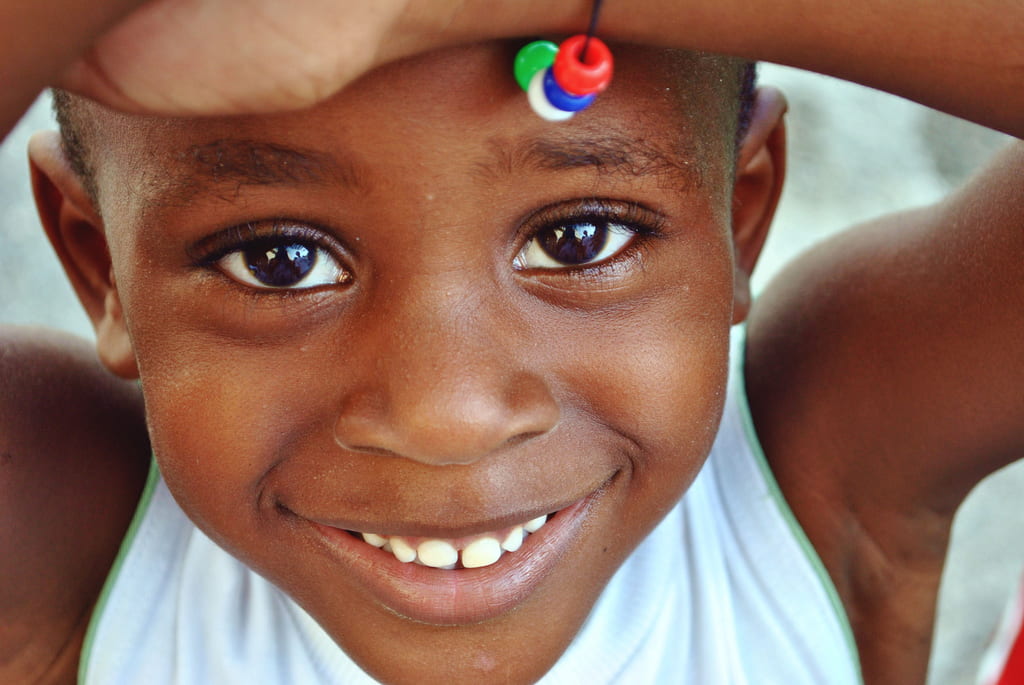
Watching Black Panther as a White Woman
This film is not just important for the black community, or even just for minority groups. It is important for white people to watch the film as well. As a white woman, I originally went to watch Black Panther to simply support a film I knew was important for people of color and to enjoy the experience. However, as I sat in a theater full of children of color, listening to their reactions to the dialogue and every plot twist, I truly believe that I gained a deeper understanding of the film’s importance. The kids were excited and absorbed in every moment. I realized the extent to which I am privileged to have characters I can identify with in just about every movie and television show. It is something that I have taken for granted for a long time.
I also realized how important it is that black people have an increased opportunity to speak. White people need to be close allies of course, but we should not dominate the conversation. We need to support the creation and maintenance of platforms from which they can represent themselves. We have a history of making everything about us, and we need to ensure that that does not continue. In the past, white people have stolen land, enslaved entire nations of people, and destroyed families for their own selfish gain. We now need to be a part of fixing the damage that our ancestors have caused and work to empower people of color in every way possible.
Why Does this Matter?
There are some people who question the importance of representation in the media. They do not understand why it is so vital to have well-developed characters of color and female characters. Dr. Christopher Bell provided a thorough explanation of this in his TED Talk, “Bring on the Female Superheroes!” In his talk, Bell explains public pedagogy, or “how societies are taught ideologies.” This involves concepts such as what it means to be a member of the different genders, how to behave while in public, and how to be polite. According to Bell, we now live in a 100% media saturated society, meaning every part of our lives, including public pedagogy, is influenced by what we seen on television, in films, and on social media. The characters and the people that children see through the media are key in their understanding of the world. When children are unable to see people they identify with as leaders, scientists, or artists, it is difficult for them to see a future where they are doing those things. The media you consume impacts your outlook on who you can be.
The film shows traditional gender roles being smashed through all its characters. Women can be warriors, scientists, and world-changers. They can be protectors and leaders. Men can be compassionate and emotional. They do not have to fit into ‘traditional masculinity’. People can support each other in their choices, regardless of how it fits societal expectations. In the film, the country of Wakanda contains a society in which gender roles do not seem to apply. The proposal of a woman becoming the leader and Black Panther is not questioned. The king’s guards are women, and no one tries to fight it or questions the Dora Milaje’s ability to protect their leader. All people are equal and are offered the same opportunities.
In addition to its being a huge leap in representation, the film also acts as a proof that change is possible. More representation, better opportunities, and a better future are all within reach for marginalized groups. It is crucial that we maintain this momentum. The Black Panther film is an immense milestone, but there is still more to do. There still needs to be more representation for the black community and similar representation for other people of color. We need to work towards a future where such a representative film is a norm rather than an anomaly.

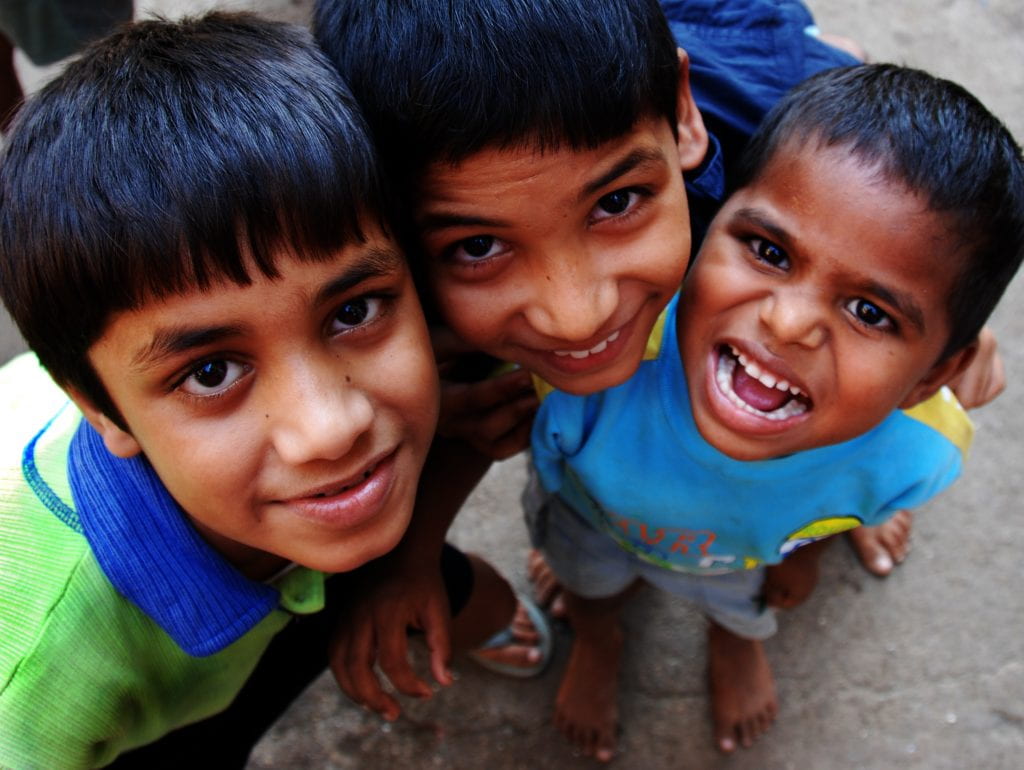
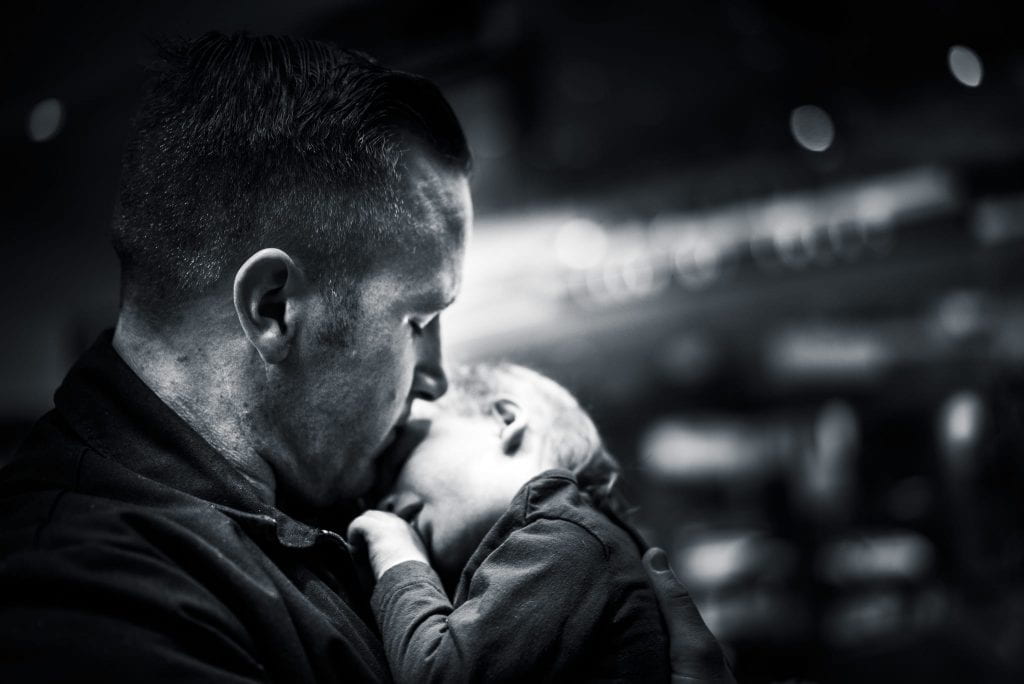
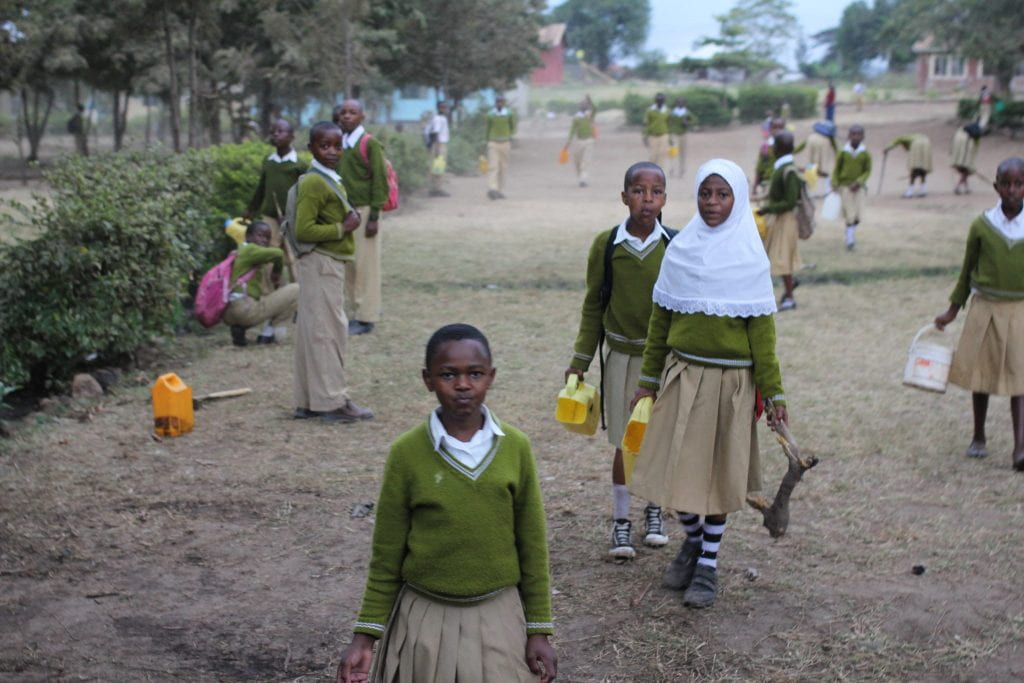
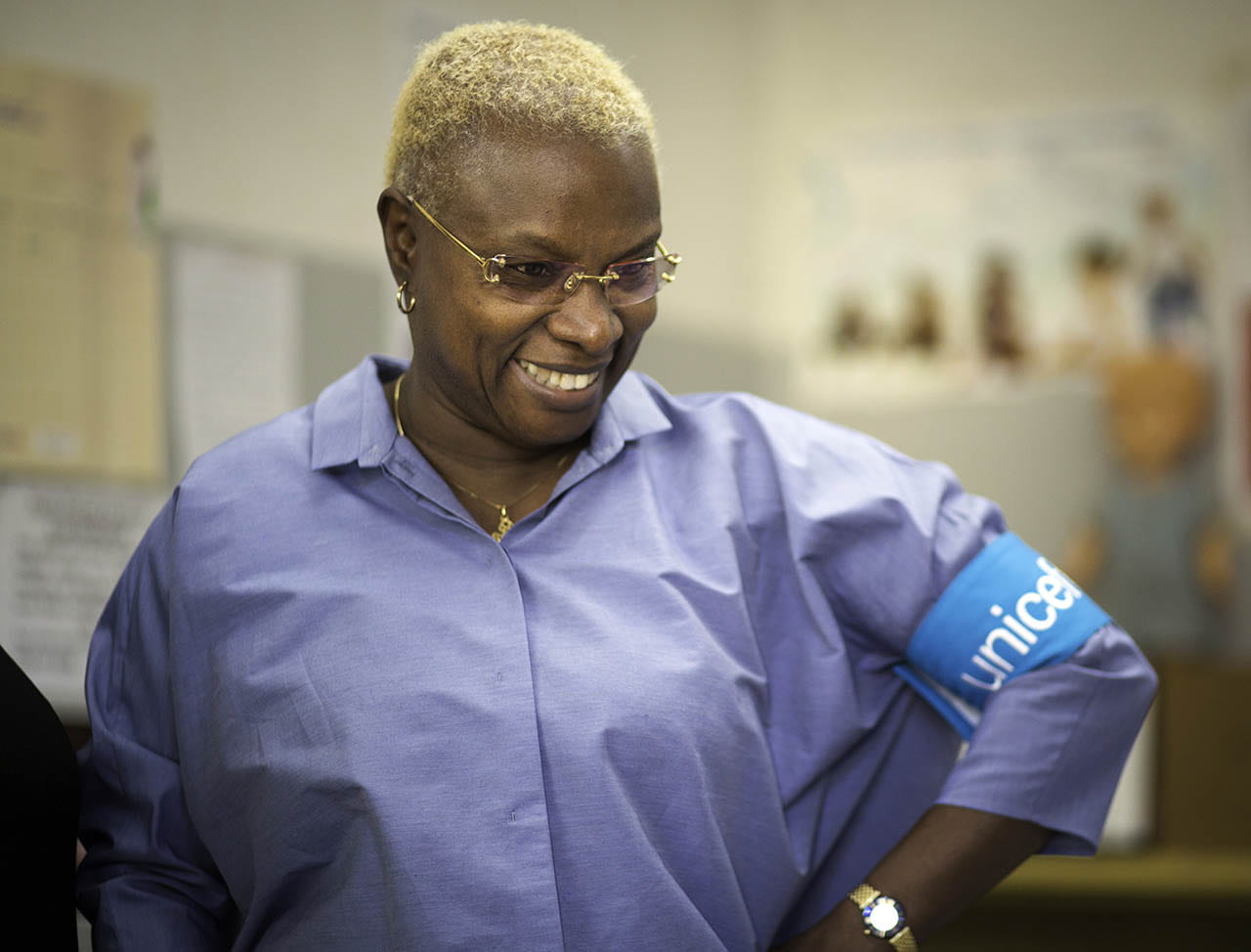
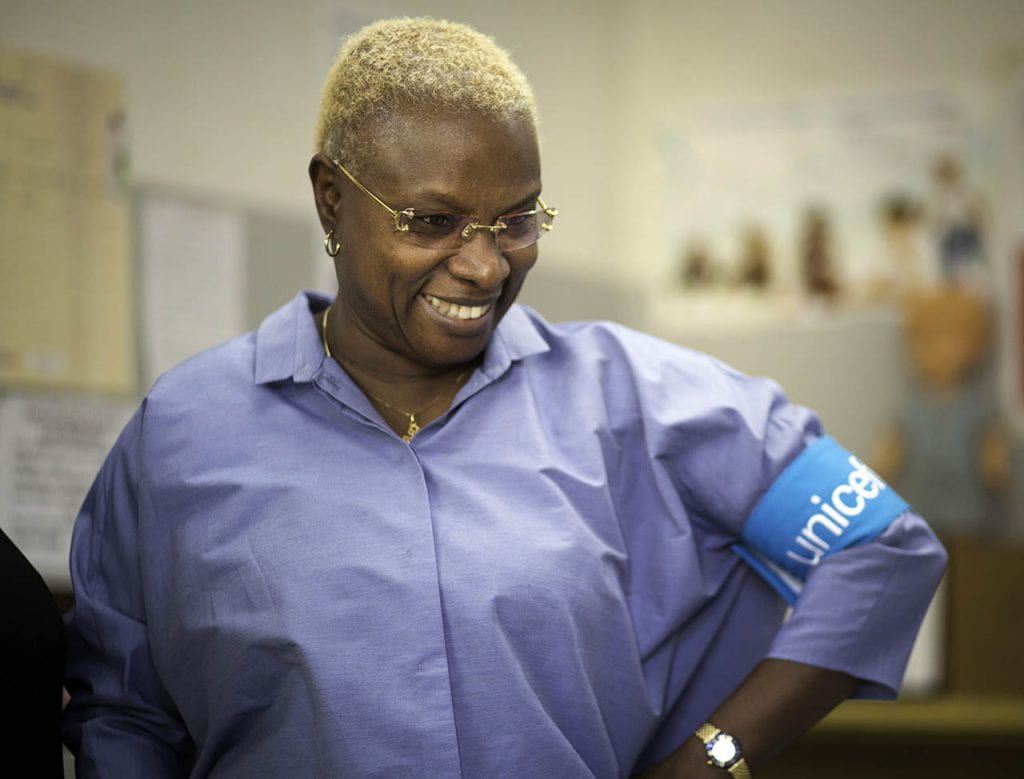
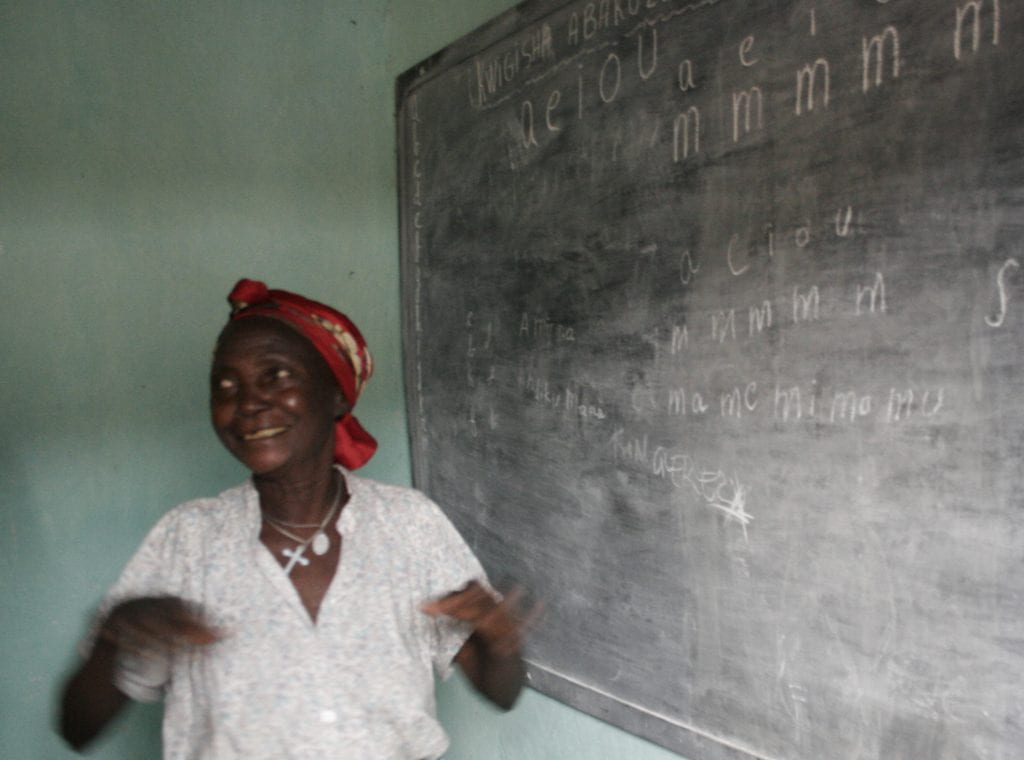

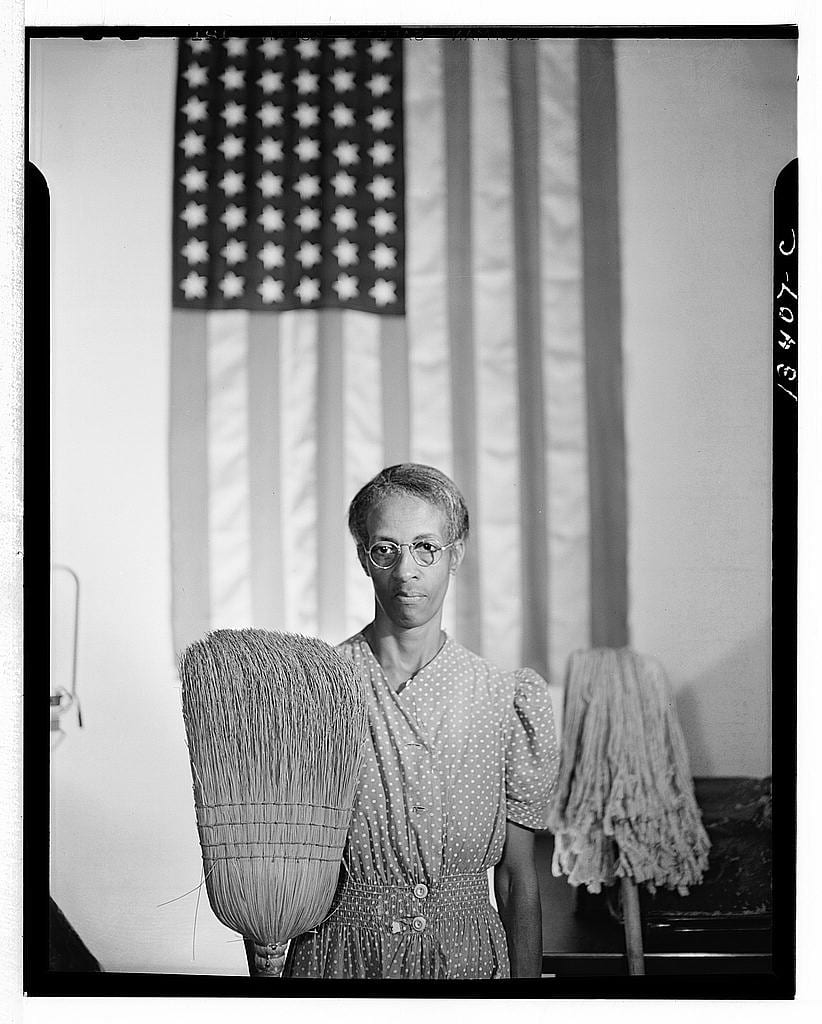
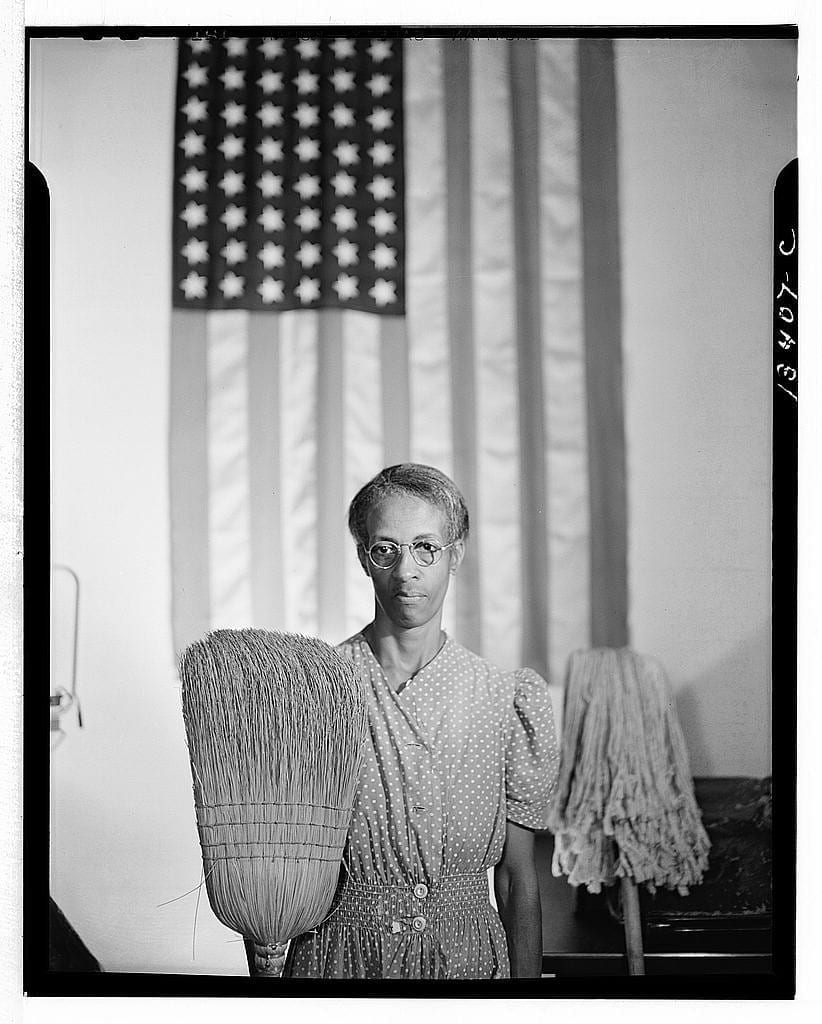
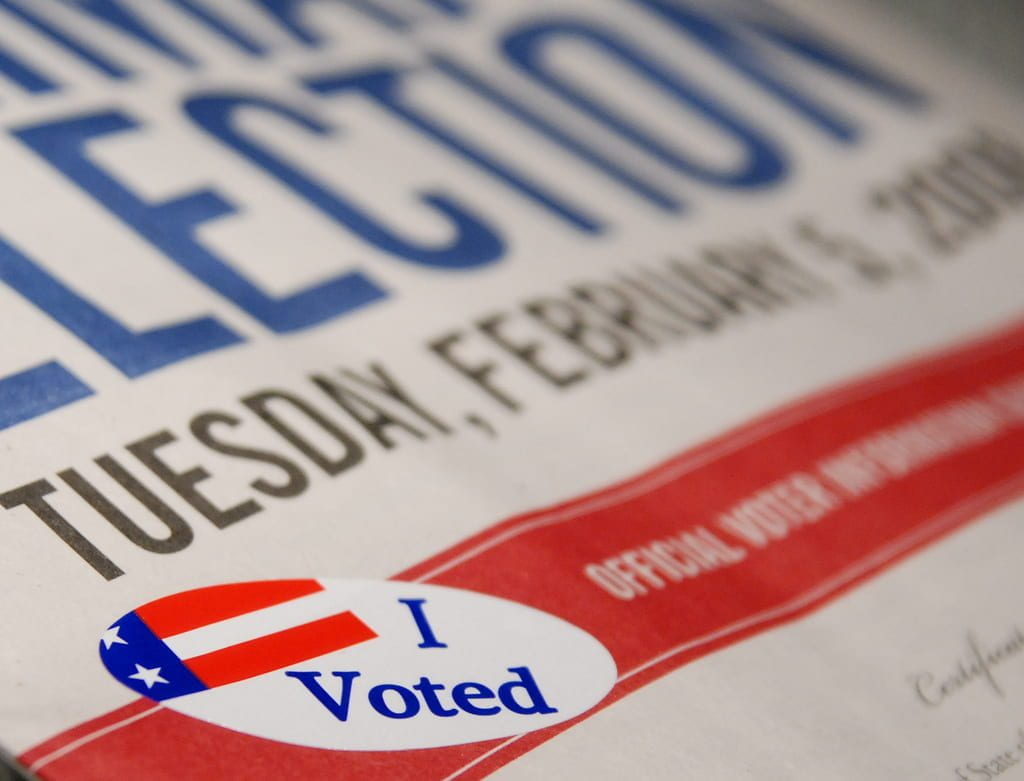
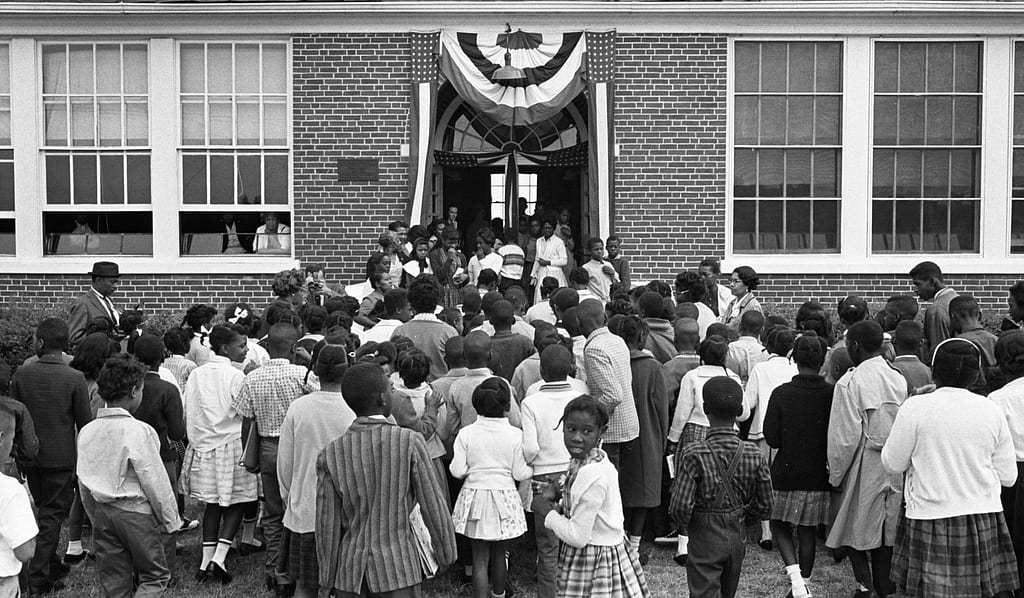
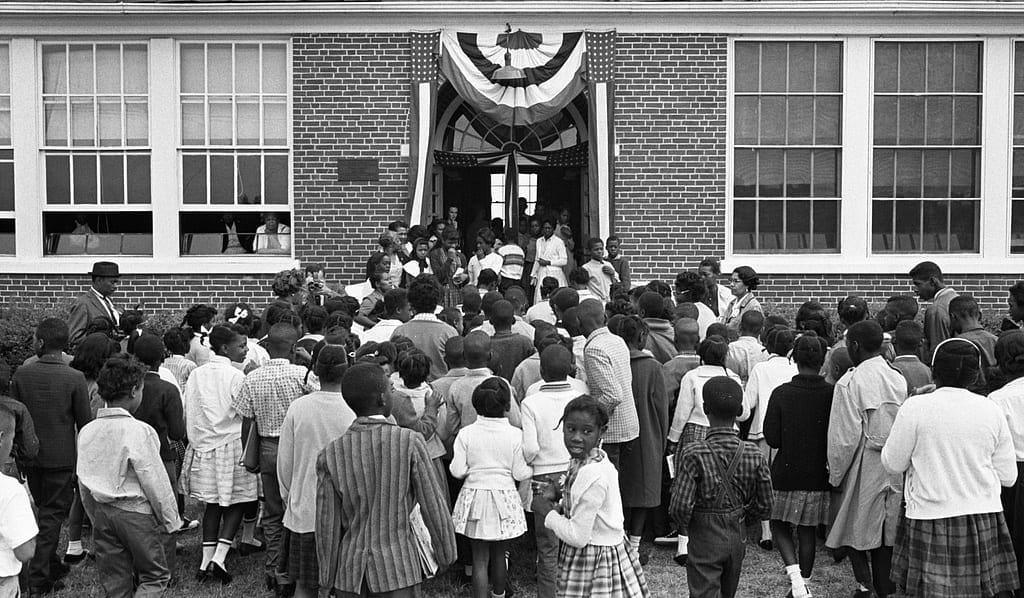
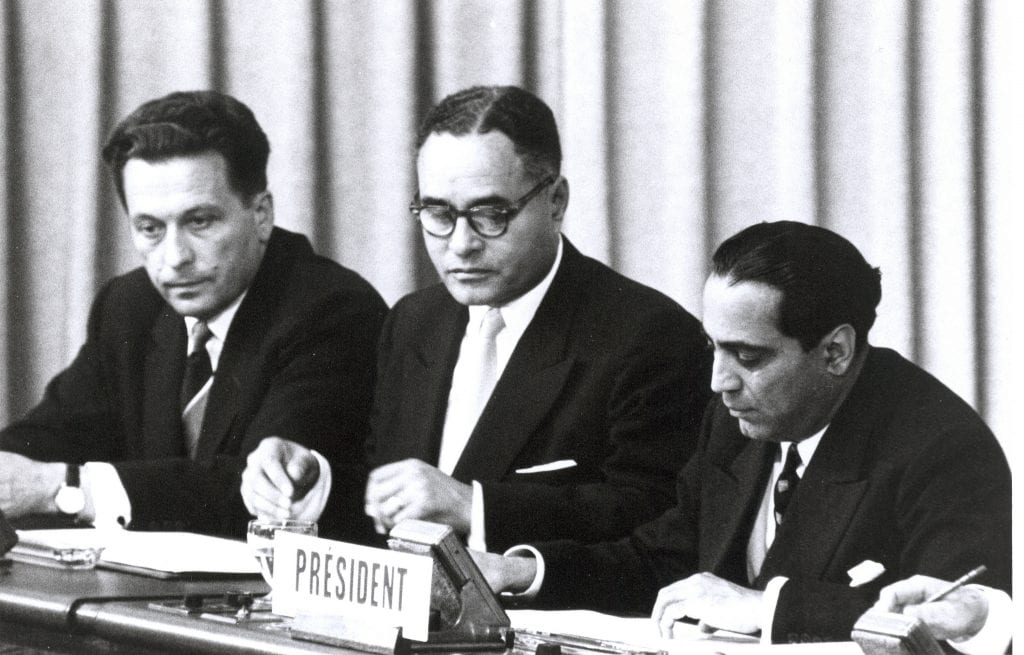

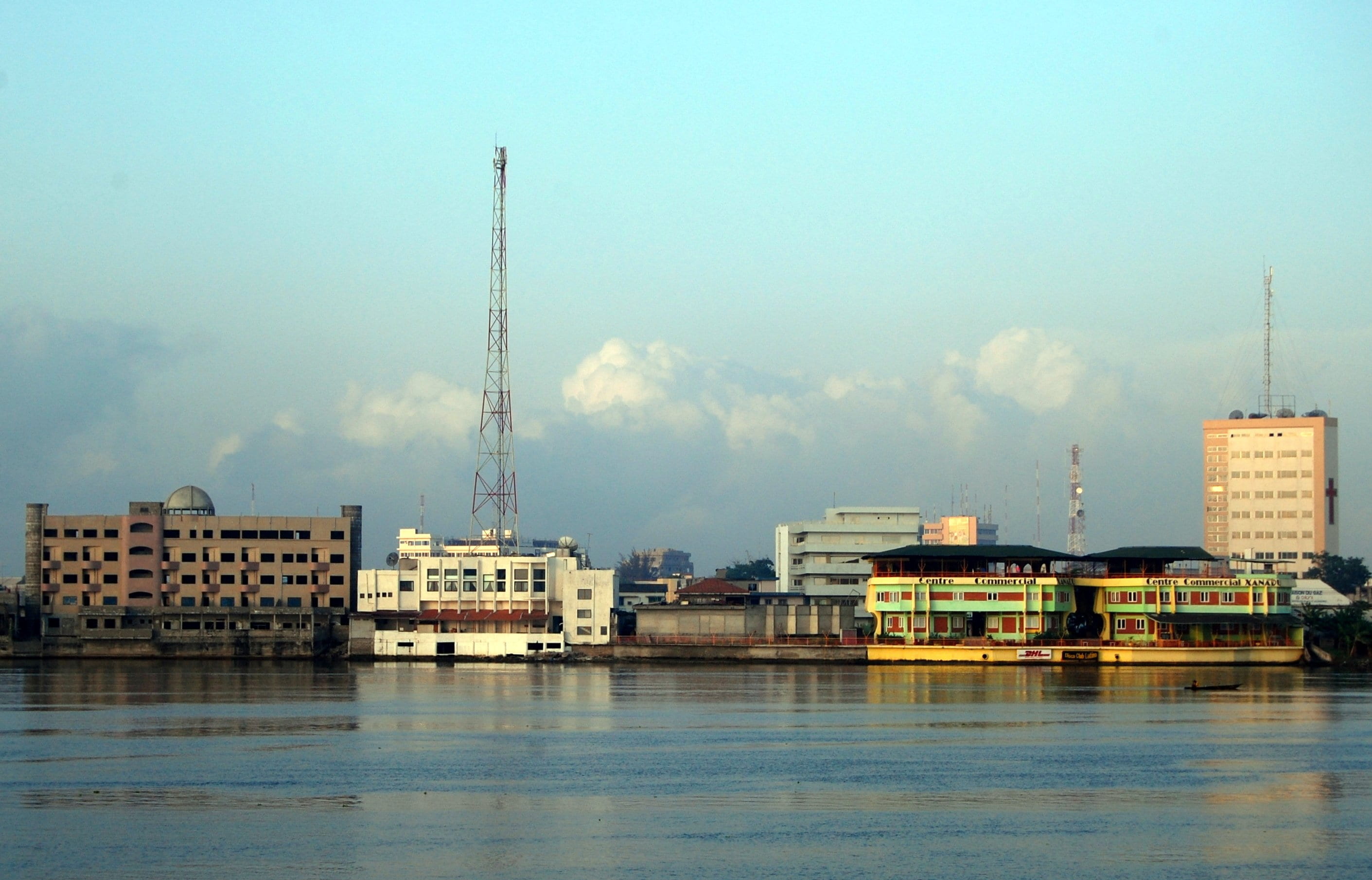
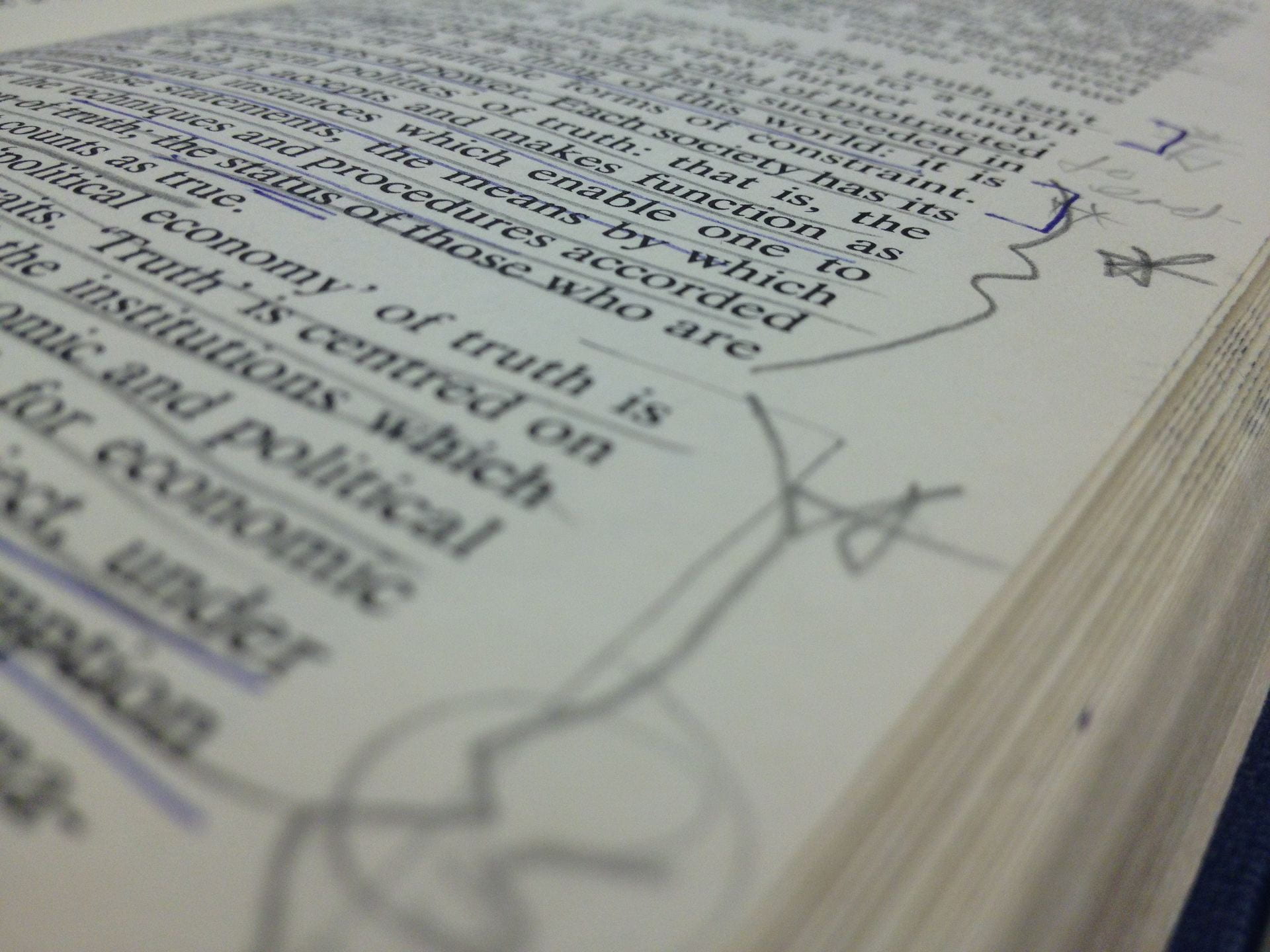
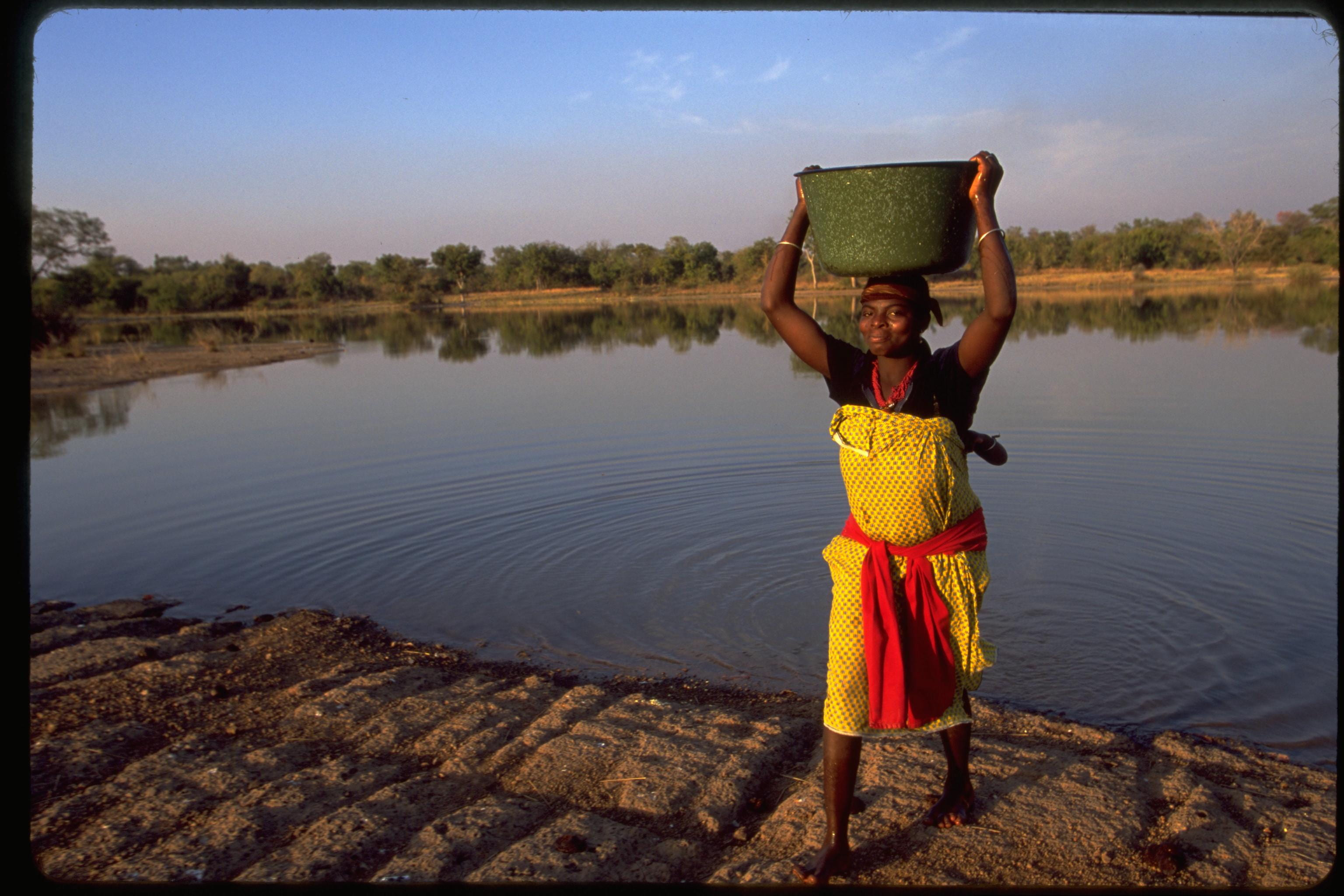

![Congress of Racial Equality conducts march in memory of Negro youngsters killed in Birmingham bombings, All Souls Church, 16th Street, Wash[ington], D.C. (LOC)](https://sites.uab.edu/humanrights/files/2018/02/15336659496_0a3b330baa_o-1024x917.jpg)
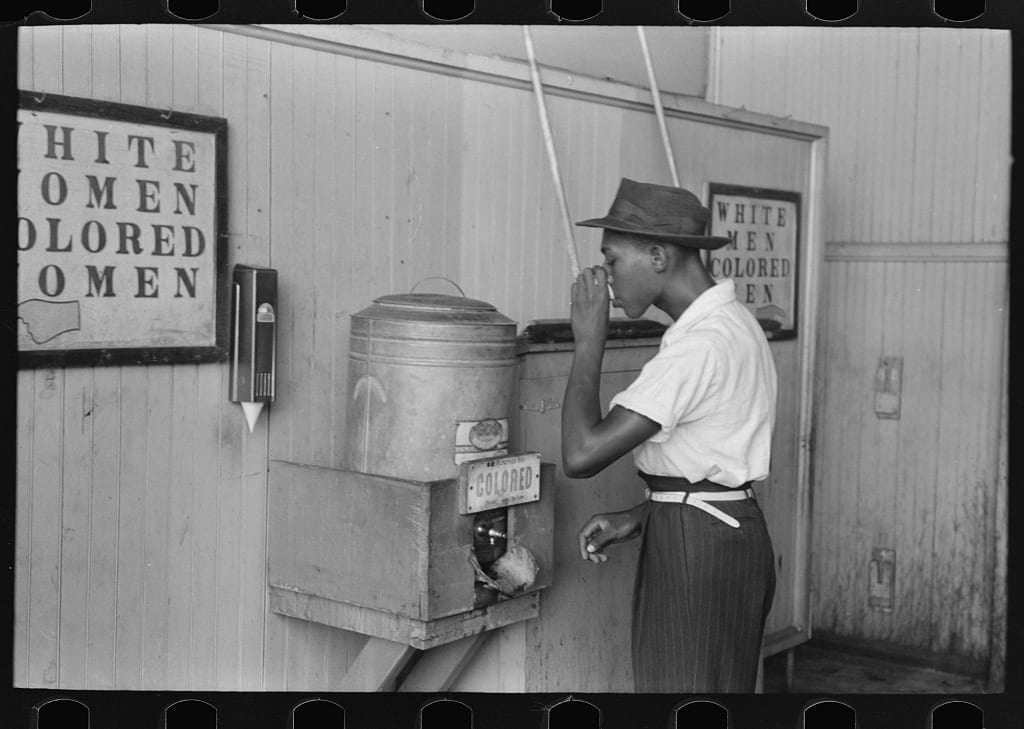
![[Group of African Americans viewing the bomb-damaged home of Arthur Shores, NAACP attorney, Birmingham, Alabama] (LOC)](https://sites.uab.edu/humanrights/files/2018/02/15172976220_6c137e5076_o-1024x682.jpg)
